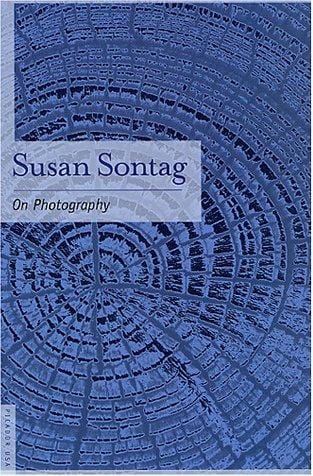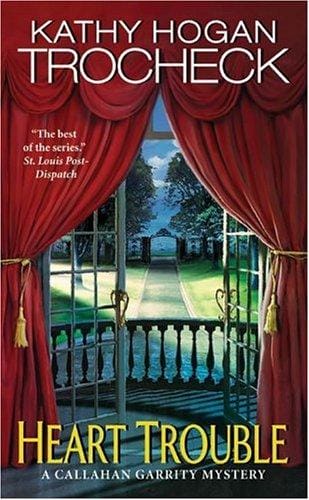After Dark: A Complete Guide to the Nighttime Experience
Dive into the world after dark with inspiring nightlife ideas, safety advice and wellness tips to help you craft unforgettable evenings.

What Does “After Dark” Really Mean?
The phrase “After Dark” evokes images of glowing city skylines, hushed suburban streets, and star-studded rural skies. It refers to the hours between sunset and sunrise when daily routines pause and fresh possibilities emerge. Across cultures and centuries, these hours have been used for celebration, reflection, creativity, and rest. Yet the definition is fluid: for some, after dark starts the moment twilight deepens; for others, it begins only when the last bar of sunlight disappears. Understanding this liminal space is the first step toward embracing everything the night has to offer.
The Allure of the Nighttime Cityscape
Neon Lights and Urban Energy
Modern cities are designed to come alive after dark. Neon signs flicker, street food stalls release aromatic clouds, and live music spills onto sidewalks. The urban landscape becomes a canvas of color and movement that feels radically different from its daytime counterpart. Night owls are drawn to this electric energy, whether they are seeking craft cocktails in a rooftop lounge or the hum of conversation in a late-night café. The glow of artificial light extends social hours, fuels local economies, and fosters a sense of collective adventure.
Photography After Dark
For photographers, nighttime is a playground of contrasts. Long exposures turn passing cars into rivers of light, while illuminated landmarks stand in dramatic relief against a dark sky. Techniques such as light painting and astrophotography allow creatives to capture images impossible during daylight. Even a simple smartphone can yield striking results by experimenting with shadows, reflections, and colored bulbs. The key is patience: use a tripod, stabilize your frame, and let slower shutter speeds do the magic.
How to Stay Safe After Dark
Plan Your Route and Transport
Preparation is the most effective safety tool. Map your journey in advance, favor well-lit streets, and know the schedule of public transportation or rideshare services. If you are visiting a new city, ask locals or your hotel about neighborhoods to avoid after dark. Share your itinerary with a friend and establish check-in times if you will be out late.
Personal Safety Tech
Smartphones have added a digital layer of protection. Emergency SOS features, location sharing, and safety apps like bSafe or Noonlight can alert trusted contacts with one tap. Pair these tools with physical safeguards such as reflective clothing for cyclists, a small flashlight on keychains, and, where legal, personal alarms. Staying aware of your surroundings—eyes up, headphones low—remains the golden rule for safe nighttime exploration.
Top After-Dark Activities Around the World
Nighttime adventures vary dramatically by destination. In Tokyo, themed karaoke rooms run 24/7, while in Reykjavik, geothermal hot springs glow beneath the aurora borealis. New Orleans jazz clubs invite spontaneous dance, and Marrakech’s Jemaa el-Fnaa square bursts with storytellers and sizzling tagines. For a quieter escape, consider night hikes under a full moon in the Italian Dolomites or evening river cruises along Europe’s historic waterways. Culinary travelers can chase midnight ramen in Osaka or alfresco tapas in Seville. No matter where you travel, local festivals, open-air cinemas, and night markets offer authentic after-dark encounters.
After Dark and Mental Wellness
While nightlife is often associated with loud music and crowds, the night can also provide restorative solitude. Reduced visual stimuli help some people decompress after stimulating workdays. Practices such as evening meditation, journaling by candlelight, or a slow neighborhood walk can calm the nervous system and improve sleep quality. However, exposure to bright screens—especially blue light—disrupts melatonin production. If your after-dark routine involves scrolling social media, consider enabling night mode or wearing blue-blocking glasses to protect your circadian rhythm.
Conclusion: Embrace the Night
After dark does not have to be synonymous with danger or debauchery. It can be a time for discovery, creativity, and connection—both with others and with yourself. By understanding its unique rhythms, preparing thoughtfully, and approaching the night with curiosity, you can transform the hours between dusk and dawn into some of the most memorable moments of your life. So step outside, look up at the moonlit sky, and let the nocturnal world reveal its wonders.



